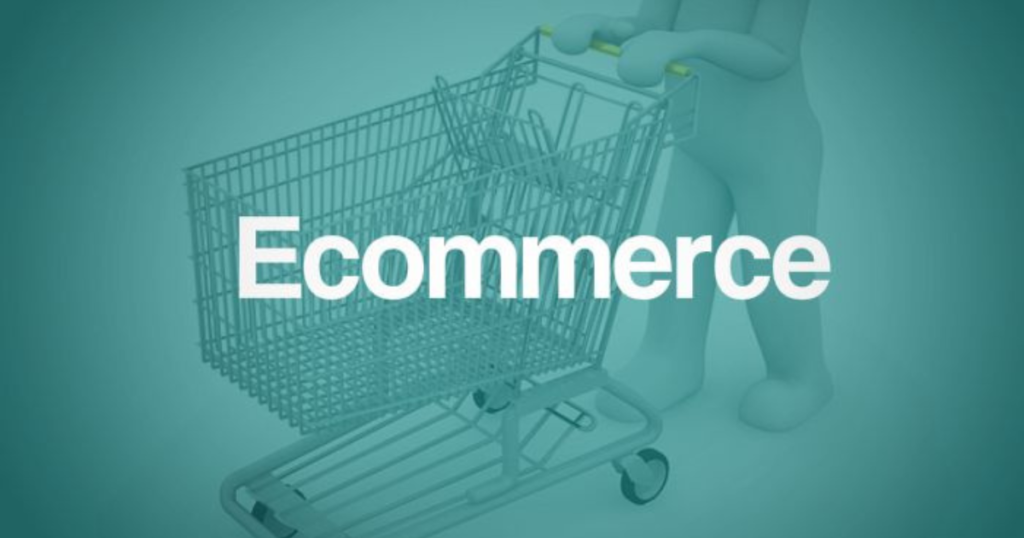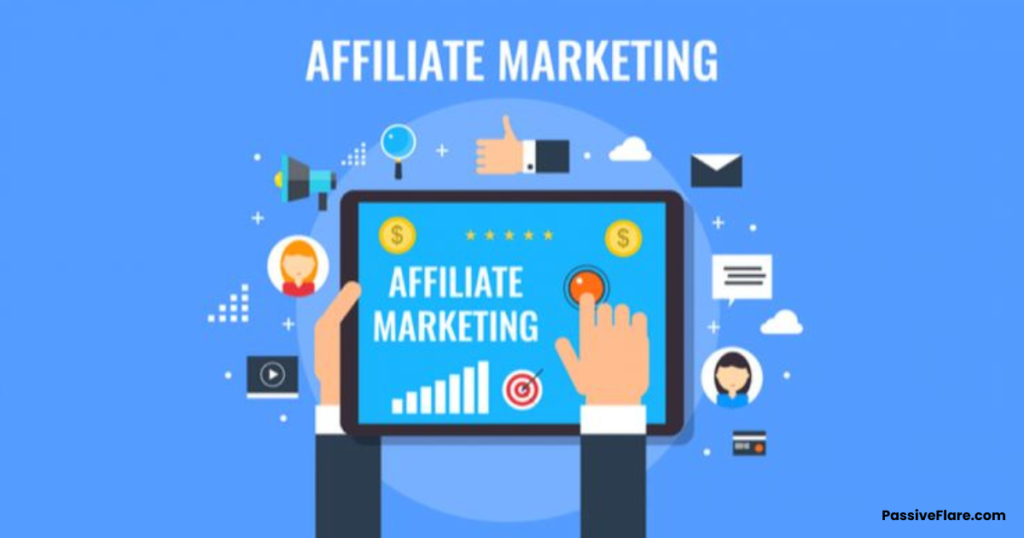Imagine you only required a website to make money online. You do not need to create your products or provide a service. Sound good? Welcome to affiliate marketing.
According to Statista, business spending on affiliate marketing in the United States reached $8.2 billion in 2022, with Influencer Marketing Hub estimating that the industry will increase to $33 billion by 2025.
Start now, and you’ll be able to take advantage of it.
What is affiliate marketing?
Promoting the products or services of another business is known as affiliate marketing. You get paid when a customer makes a purchase via your affiliate link. These commissions are often either a set sum or a percentage of the sale price.
For example, this is a link to an Amazon book:
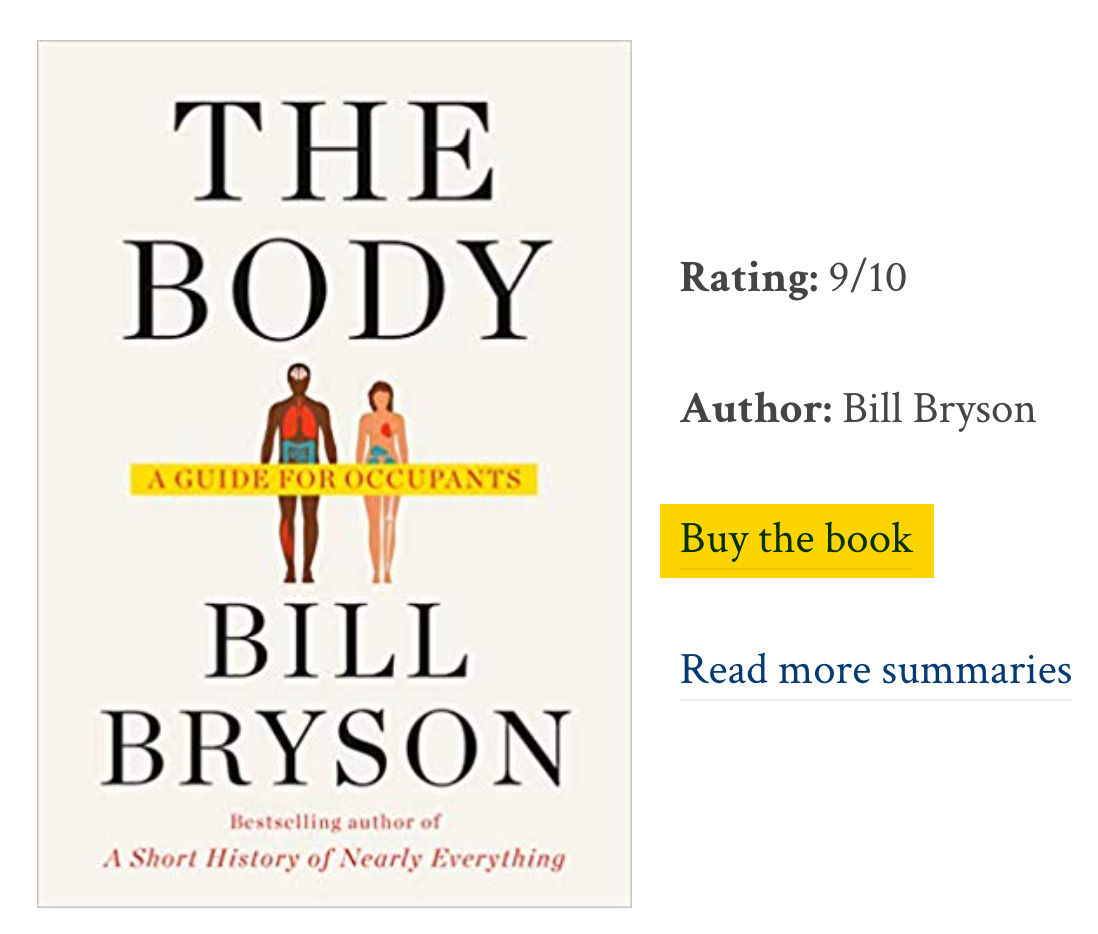
If I were the affiliate, I would get $1.50 if you clicked and purchased this product ($33.25 for the hardcover version).
Is affiliate marketing a genuine business?
It is not a scam to use affiliate marketing. It is completely authentic.
As long as you abide by your nation’s applicable laws and regulations, it is lawful.
As long as you only support goods you believe in and declare your affiliation with an affiliate, it is morally acceptable.
Why Try Affiliate Marketing?
Here’s why affiliate marketing is worth exploring:
1. Affordable and Low-Risk
Starting a business often involves big costs for products, staff, or equipment. With affiliate marketing, you just need a website. If things don’t work out, you lose minimal time and money compared to traditional businesses.
2. Earn Money While You Sleep
Regular jobs pay you only for hours worked. Affiliate marketing lets you earn commissions 24/7 as long as people visit your site and buy products through your links—even when you’re not actively working.
3. Work From Anywhere
All you need is an internet connection. Manage your affiliate site from home, a café, or while traveling—no office or fixed schedule required.
4. Promote Unlimited Products
Regular salespeople stick to one company’s products. As an affiliate, you can partner with multiple brands and earn commissions from all of them at once.
How Does Affiliate Marketing Work?
When you join an affiliate program, you get a special link with a tracking code. This helps companies track sales made through your referrals.
How Do Affiliate Links Work?
When someone clicks your link, a small tracking file (called a cookie) gets saved on their device. This cookie has an expiration date (e.g., 30 days), so you still earn commissions if they buy later.
Example:
- You write a blog post about “Best Winter Jackets” and include your Amazon affiliate link.
- A reader clicks the link but leaves to pick up their child.
- The next day, they return to Amazon and buy the jacket—plus ski gear.
- Because of your cookie, you earn a commission on both items.
How Much Can You Earn?
According to surveys:
- Average income: $8,038/month for experienced marketers.
- Beginners (under 1 year): Around $636/month.
Earnings grow with time, effort, and traffic to your site.
This version simplifies complex ideas, uses everyday language, and maintains a clear structure for easy reading.
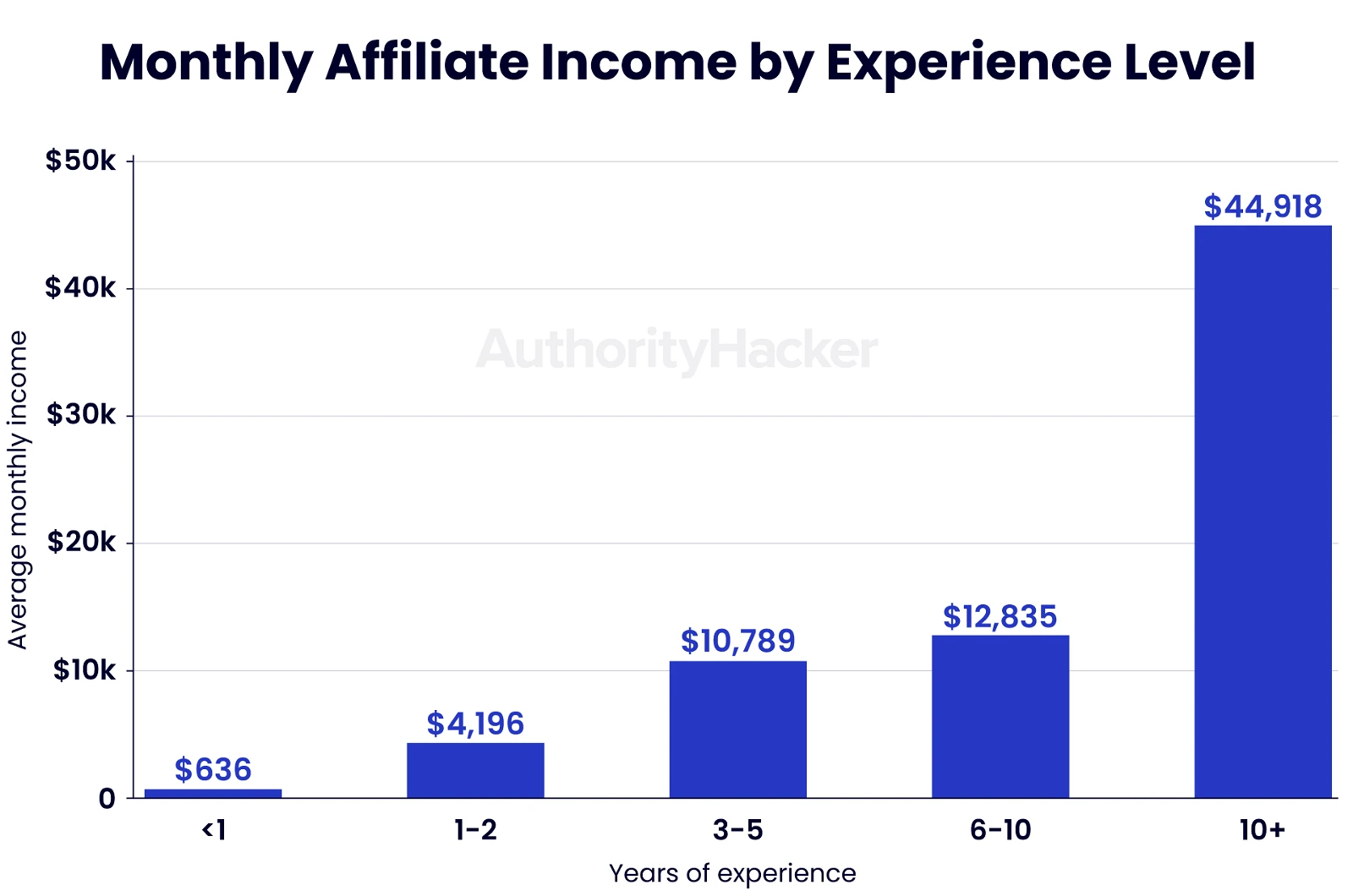
Therefore, don’t expect to result immediately. It takes time to do affiliate marketing. Your checks may first resemble this if you’re just starting:
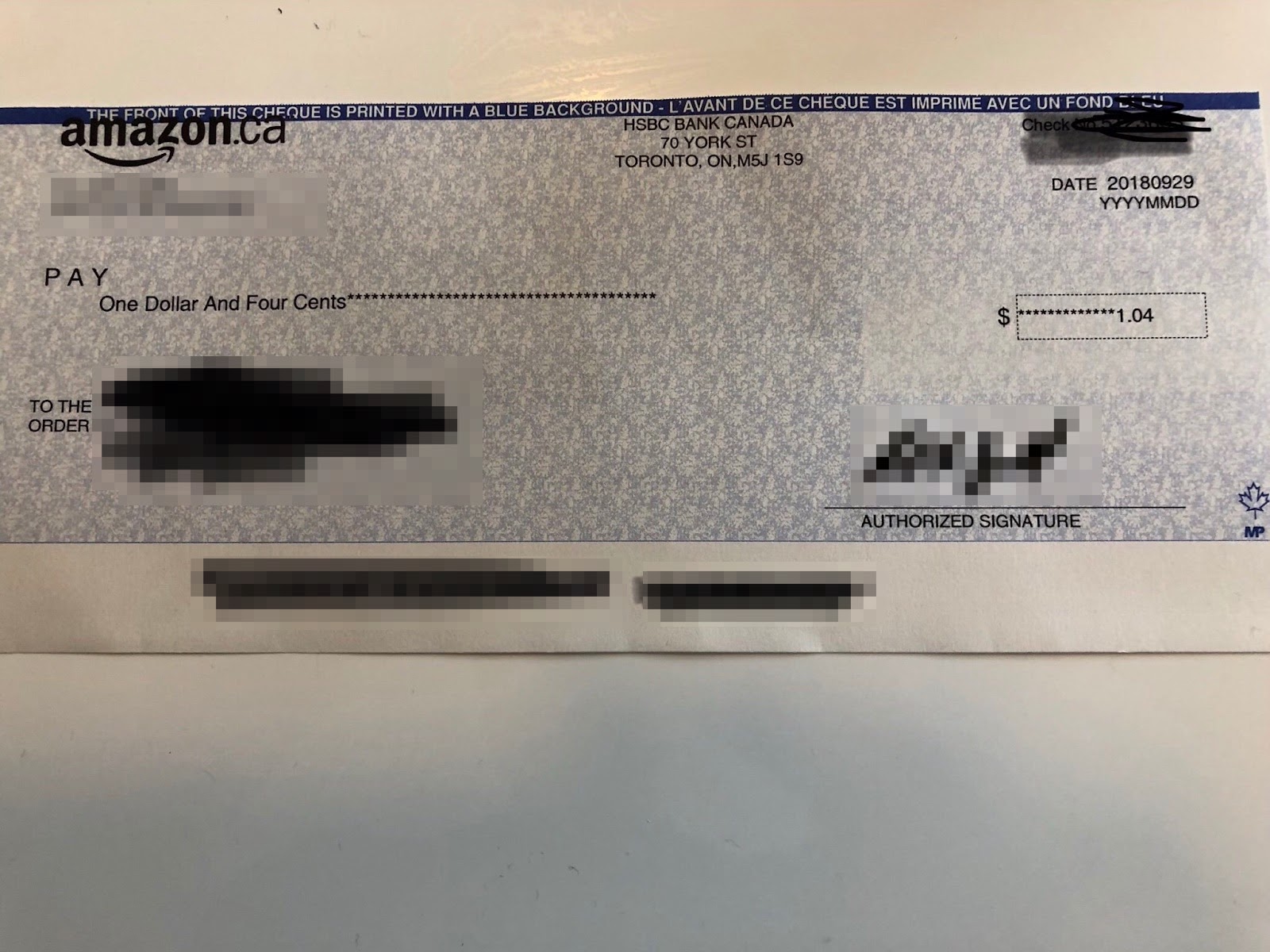
You have to manage your expectations. You will not make a lot of money straight away, but do not be discouraged.
The success of others shows that with hard work, patience, and the correct education, you, too, have the potential to attain such levels.
How to become an affiliate marketer
An affiliate marketer is simply someone who practices affiliate marketing.
So, if you read the section below about how to get started with affiliate marketing and put in the effort to create an affiliate website, attract traffic, and convert visitors, you will become an affiliate marketer.
1. Pick Your Passion + Profitable Niche
Choose a topic you love, and that can make money. Ask:
- What do I enjoy learning about?
- What am I already good at?
- What do others ask me for advice on?
Tip: Finance niches (like credit cards) pay well but are competitive. Pick something you’ll enjoy creating content about for years.
2. Check Competition (Is It Too Hard?)

Search Google for keywords in your niche (e.g., “best hiking gear”). If the top results are big brands (REI, Amazon), the ranking will be tough. Use free tools like Ahrefs’ SEO Toolbar to check:
- Keyword Difficulty (KD): Aim for KD scores under 20 (easier for beginners).
- Domain Rating (DR): Competitors with high DR = harder to beat.
No perfect niche? You can still succeed, but it’ll take more time!
3. Choose How to Promote
Pick a method that fits your skills:
- Website + SEO: Great for writers.
- YouTube: Perfect if you’re comfortable on camera.
- Social Media: Ideal for visual storytellers (Instagram, TikTok).
- Email Newsletter: Build a loyal audience.
- Podcast: Best for conversationalists.
You can mix methods! Start with 1–2 you enjoy.
4. Create Amazing Content
Focus on helping or entertaining your audience. Ask:
- “Does this solve a problem?”
- “Is this clearer/more fun than competitors’ content?”
Examples of great content: - Detailed guides (like “How to Film Yourself” on YouTube).
- Easy-to-read articles (e.g., “How to Write Well”).
5. Grow & Never Stop
Affiliate marketing isn’t “set and forget.” Keep improving:
- Reinvest earnings: Hire the help (writers, editors) or use ads.
- Stay consistent: Post regularly to stay relevant.
- Track trends: Update old content and try new platforms.
Warning: Don’t get lazy! One of my sites lost 60% of traffic because I stopped working on it.
Key Takeaway: Start with what you love, create better content than others, and keep growing. Success takes time, but it’s worth it!
Need free tools? Try Ahrefs’ Keyword Difficulty Checker or YouTube SEO guides! 🛠️
How to get started with affiliate marketing
Follow these seven simple steps:
Your Simple Guide to Affiliate Marketing Success (7 Steps)
Affiliate marketing lets you earn money by promoting products you love. Here’s how to start in plain, easy steps:
1. Find Your Perfect Niche: What Lights You Up?
Your “niche” is the topic you’ll focus on. Be specific! Instead of “fitness,” try “home workouts for busy moms” or “vegan protein shakes.”
Ask yourself:
- What am I good at?
- What do I enjoy learning about?
- What do friends ask me for advice on?
Why passion matters: You’ll create content for years. If you hate your niche, you’ll burn out.
Example: A breakdancing fan built a site about it and got 2,000 monthly visitors—without prior marketing skills!

2. Pick Your Platform: Where Will You Share Your Content?
Choose where your audience hangs out:
- Blog/Website: Best for writers. Use SEO to rank on Google.
- YouTube: Great for video tutorials (e.g., cooking demos).
- Social Media: Instagram/TikTok for visuals, Twitter for quick tips.
- Podcast/Newsletter: Perfect for deep dives or weekly updates.
Tip: Match your platform to your niche. For example, recipe niches thrive on YouTube; finance tips work well in blogs.
3. Join the Right Affiliate Programs: Which Ones Pay Best?
Three types of programs:
- Premium Programs: High payouts (e.g., business software like HubSpot).
- Mass Market: Lower pay but high sales (e.g., Amazon gadgets).
- Big-Ticket Items: Expensive products (e.g., credit cards).
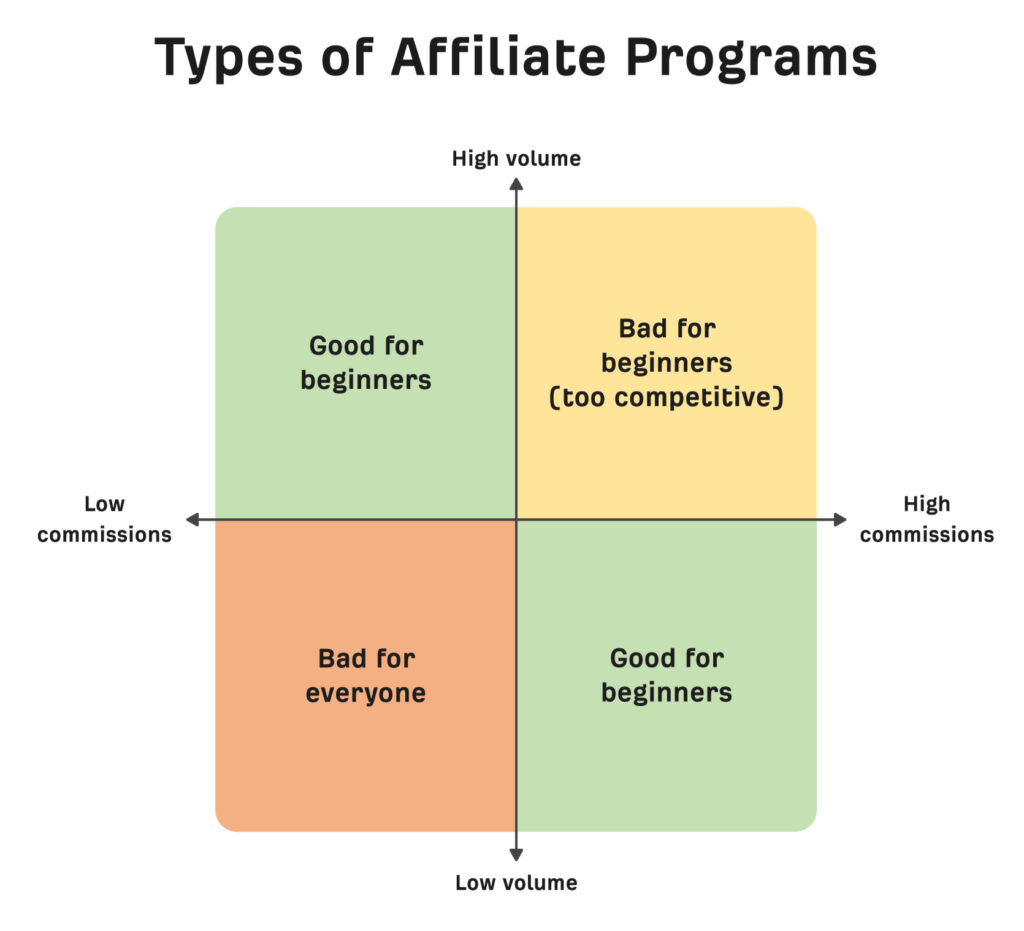
How to find programs:
- Google “[niche] + affiliate program.”
- Spy on competitors using tools like Ahrefs’ Site Explorer.
Example: If a blog links to Aweber often, they’re likely affiliates.
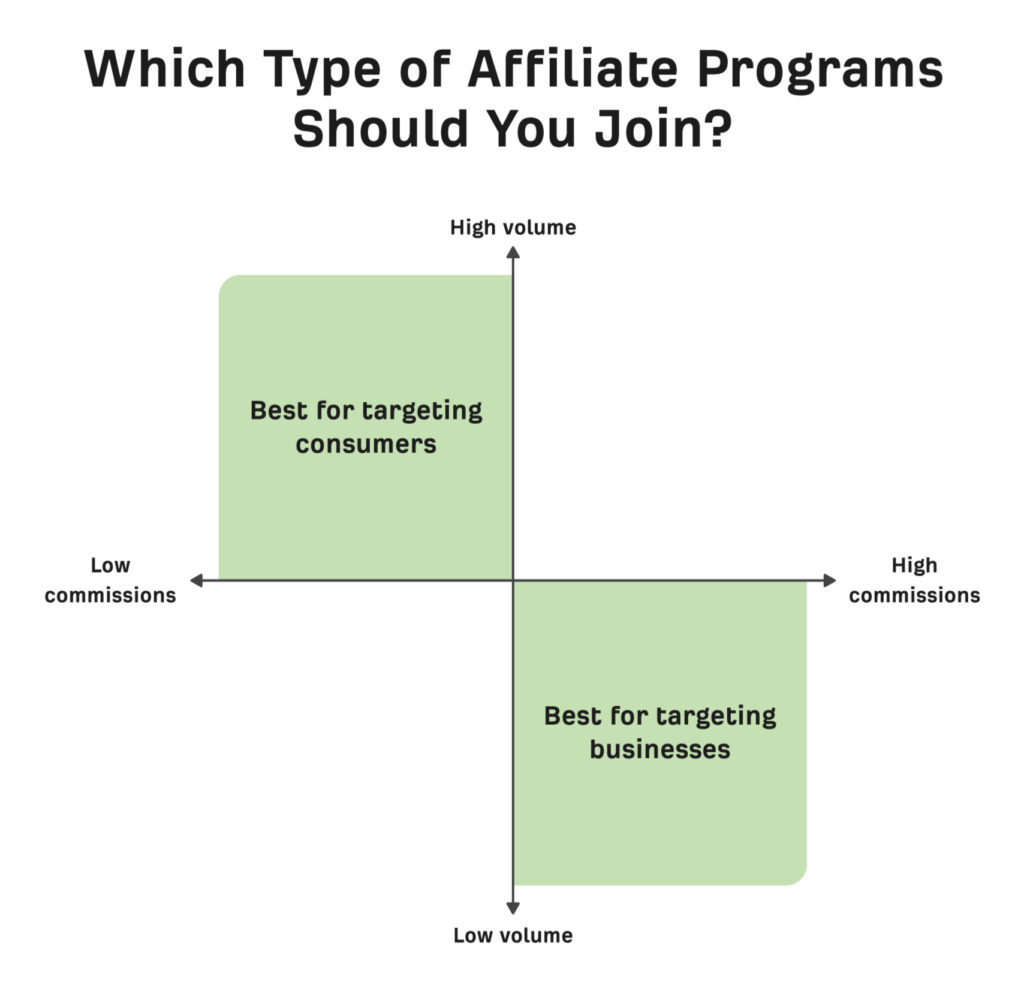
4. Create Top-Notch Content: How to Stand Out
Don’t just list products—solve problems.
Do this:
- Test products yourself (e.g., review 10 blenders if you write about kitchen gear).
- Collaborate with experts (e.g., partner with chefs for recipe content).
- Be detailed: Wirecutter tested 50+ air purifiers for one article!
Golden rule: Write like you’re helping a friend. Avoid jargon.
5. Drive Traffic: Get Eyes on Your Content
Three ways to attract visitors:
A. SEO (Free Traffic):
- Use keywords people search for (e.g., “best budget laptops”).
- Optimize your site for Google.
Pro tip: Tools like Ahrefs help find easy-to-rank keywords.
B. Paid Ads (Fast Traffic):
- Run Google/Facebook ads.
Warning: Costs add up—only use if commissions justify it.
C. Email Lists (Loyal Fans):
- Offer free guides or discounts to collect emails.
- Send updates with affiliate links (e.g., “My top 5 skincare finds this month!”).
6. Boost Affiliate Link Clicks: Make Them Irresistible
Where to place links:
- In product reviews (“Why I love this blender”).
- In comparison charts or “Top 5” lists.
- Use buttons or bold text to highlight them.
Avoid:
- Stuffing links in every sentence (looks spammy).
- Hiding links at the bottom of pages.
Example: Good Housekeeping uses tables with “Buy Now” buttons to grab attention.
7. Turn Clicks into Cash: Help Visitors Buy
You control the click—the merchant handles the sale. To boost conversions:
A. Promote Trusted Brands:
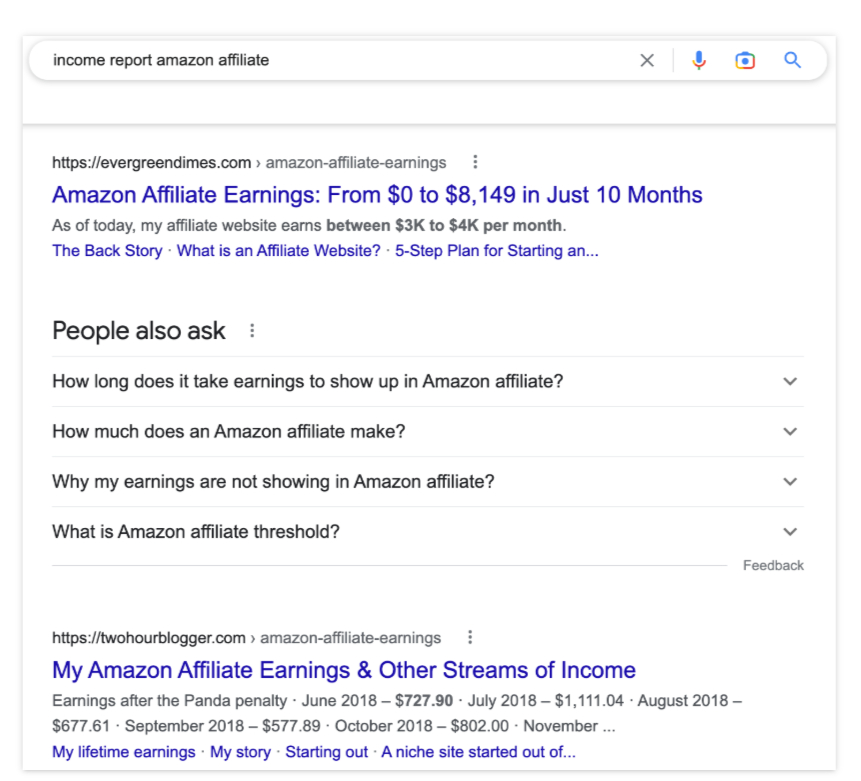
- Check bloggers’ income reports to see what’s working (e.g., “$47k from Amazon Affiliates”).
- Ask programs about their conversion rates.
B. Be Honest:
Only promote products you’d recommend to your family.
Affiliate marketing examples
- Wirecutter: Bought by The New York Times for $30M. They test every product deeply.
- RTINGS.com: Uses data-heavy TV reviews to earn 3.9M monthly visits.
- Money Saving Expert: UK’s go-to finance site with 5.5M monthly visitors.
Affiliate marketing tools
Must-Have Tools: Your Affiliate Marketing Toolkit
Ahrefs – All-in-one SEO tool that may help you study keywords to target, audit your website, investigate your competitors, generate content ideas, and more.
Rank Math – WordPress plugin that assures your pages have appropriate on-page SEO.
Google Search Console – Detect and correct technical flaws on your website, submit sitemaps, view structured data issues, check your Core Web Vitals, and more.
Google Analytics – Offers valuable statistics and analytics for your affiliate website.
Thirsty Affiliates – Keep track of your affiliate links, view statistics to identify which links receive the most clicks, and prevent others from effortlessly copying your website and replacing the links with their own affiliate IDs.
FAQ
Frequently asked questions about affiliate marketing.
How do you start affiliate marketing on Amazon?
All of the principles discussed above apply to Amazon affiliate marketing. This post offers an in-depth look at how to create an Amazon affiliate site.
How do I do affiliate marketing without a website?
Affiliate marketing without a website is possible as long as you have an approach to direct visitors to your affiliate links. For example, many people use Instagram, YouTube, Twitter, and other social media platforms to increase clicks on their affiliate links.
How do you do high-ticket affiliate marketing?
High-ticket affiliate marketing refers to the advertising of products or services with high payments. A payout is considered a “high ticket” when it exceeds $100, but it can reach five figures.
What is cookie duration in affiliate marketing?
The cookie duration indicates how long the affiliate program will attribute purchases to your cookie. The cookie duration is typically set to 30 days. So, if someone clicks on your affiliate link and makes a purchase within 30 days, you will be credited with the sale and thus receive the affiliate commission. If that individual hits on your affiliate link but buys after 30 days, you will not be credited with the sale.
What is EPC in affiliate marketing?
EPC stands for earnings per click. It refers to the average amount of money you make when someone clicks on your affiliate links. Here’s how to calculate the EPC:
EPC = total amount of commissions you earn / number of clicks on your affiliate links
What is the 80/20 rule in affiliate marketing?
What is the 80/20 rule in marketing? The 80/20 rule, often known as the Pareto principle, is a marketing approach that states that 80% of your outcomes are the consequence of 20% of your efforts. Vilfredo Pareto, an economist, came up with the idea after realizing that 20% of his country’s land belonged to approximately 80% of its population.
Final thoughts
No affiliate marketing wheels were reinvented here. These are the fundamentals, and following them will get you started on the right foot.
Just don’t expect to make a lot of money or be able to quit your job right away. Affiliate marketing requires time.
In the beginning, focus on making your first affiliate sale. Set new goals for your site and experiment as it expands.
This is how you build a site that will eventually provide a good income.
